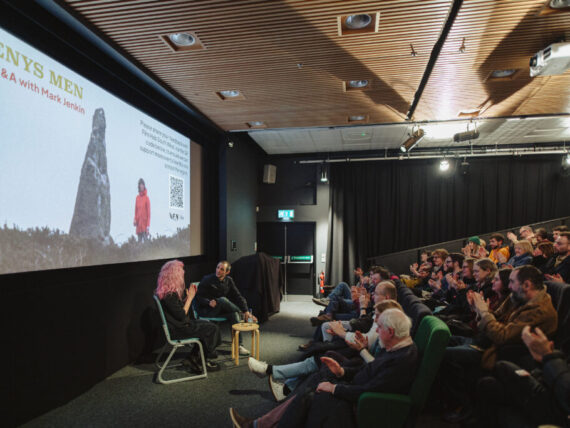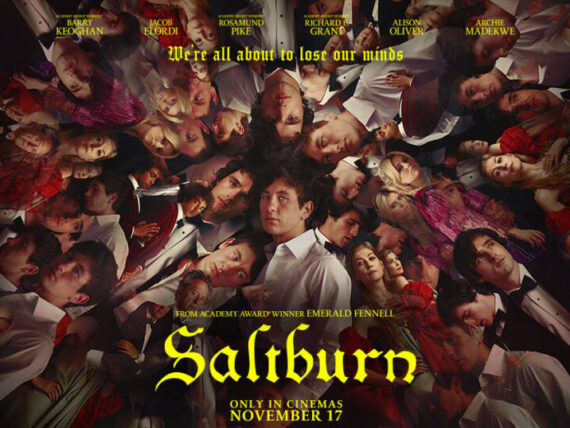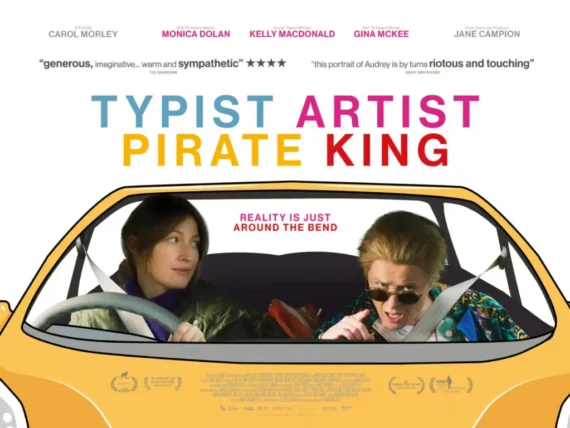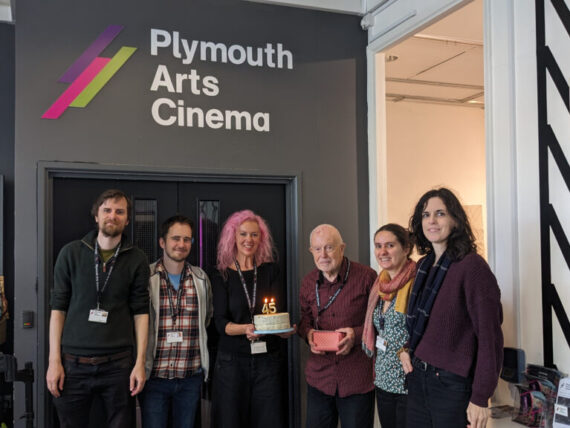In 2003 The New Yorker received a request from Wes Anderson’s team requesting to buy their entire archive. Of course it was not for sale, however this marked the start of Anderson’s long term interest with the publication and its writers. Eighteen years later, the famed director’s newest film tells the story of a publication not dissimilar to the magazine of his affections.
In textbook Wes Anderson style, an eclectic ensemble cast helms his latest pastel coloured film. What he has dubbed “a love letter to journalists,” The French Dispatch is an immersive and inoffensive piece of escapism with a lot of charm to offer. In 2021 the film was a sellout success at Plymouth Arts Cinema, and now can be caught at this summer’s Open Air Cinema at Tinside Lido.
The film centres around the European branch of the fictional Liberty, Kansas Evening Star. The titular fictional publication, The French Dispatch, is located in a quaint town somewhere in the picturesque countryside of France, a perfect setting for the jaunty story. Wes Anderson regular, Bill Murray, stars as the publication’s revered editor-in-chief. Following a big event which I will not spoil, The French Dispatch is to publish its final issue, thus commencing the events of the film. Anderson reflectively tells the story of the fictional pulciation through three key stories, each with different casts and each with their own feel.
The first chapter, entitled ‘The Concrete Masterpiece’, follows Benicio del Toro as a local prisoner with a talent for painting. A French Dispatch writer played by Tilda Swinon narrates this story lecture style as art dealers jostle to get a slice of this unlikely artist’s talent. ‘Revisions to a Manifesto’ is the second segment, inspired by France’s own student protests of 1968. This time Frances McDormand takes the narrative role of a French Dispatch writer reporting on the student protests in the town. Timothee Chalamet shines as a slightly petulant but endearing ‘leader’ of the uprising with whom McDormand’s character has an unlikely romance. The final and most actionpacked segment is entitled ‘The Private Dining Room of the Police Commissioner. An enigmatic Jeffrey Wright narrates the kidnapping of the police commissioner’s son during a private dinner party with a famous chef.
These plotlines all tie together to paint a vivid image of this fictional publication and the individuals who have made it. However, it is the visuals, style and design which make the film so immersive and almost theatrical to watch. Production designer, Adam Stockhausen, found the perfect setting for the story through a process he calls “google scouting.” By wandering the streets of France virtually using Google Maps, his team found themselves in a small city named Angoulême, which they decided was the perfect location for Anderson’s fictional town, ‘Ennui-sur-Blase.’ Stockhausen has said that “the goal was to create Paris before it was Paris, not the real Paris but the movie version.” In this sense, the film is certainly a success. The audience is thrown into an idyllic, charming, nye-on stereotypical France, one which is more fictional than a true reality. Wes Anderson’s work has always curated worlds which perhaps are too picture perfect.
The French Dispatch is a treat for the eyes and a welcome piece of escapism from the doom and gloom of recent news. With the art-deco surroundings of Tinside Lido, the film would be a perfect summer watch right by the water’s edge.
Reviewed by Alice Clarke








Comments
No comment yet.